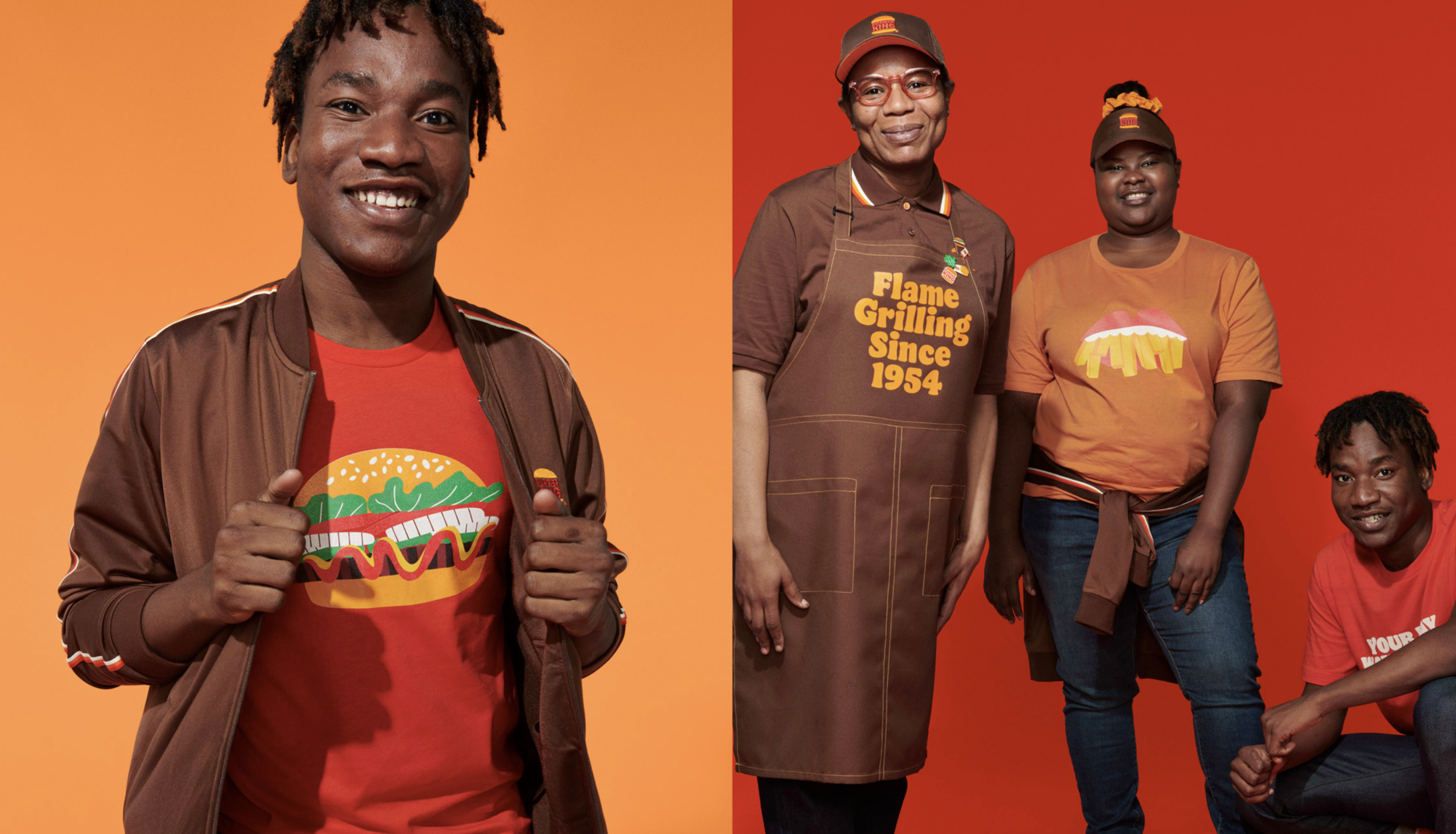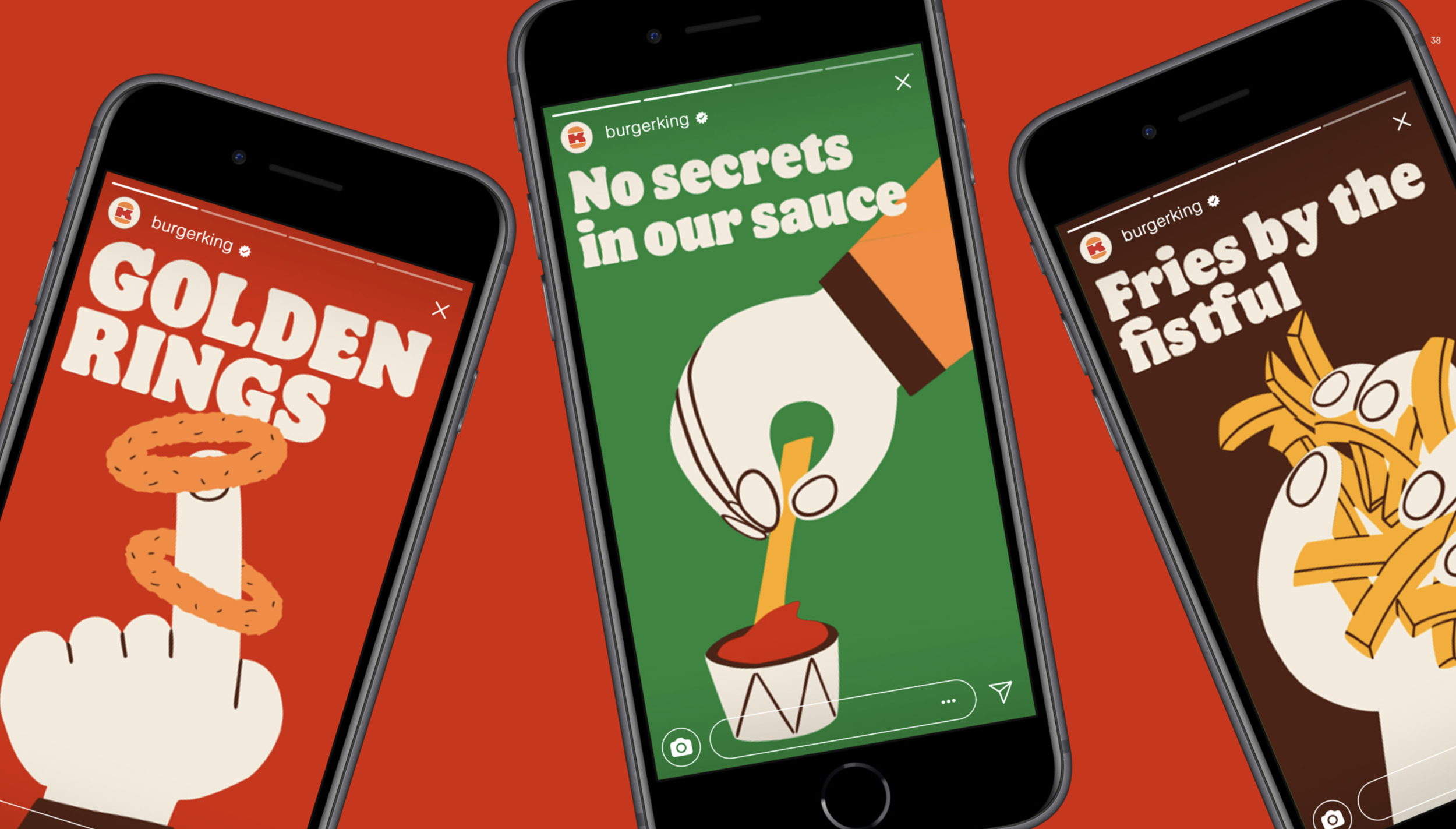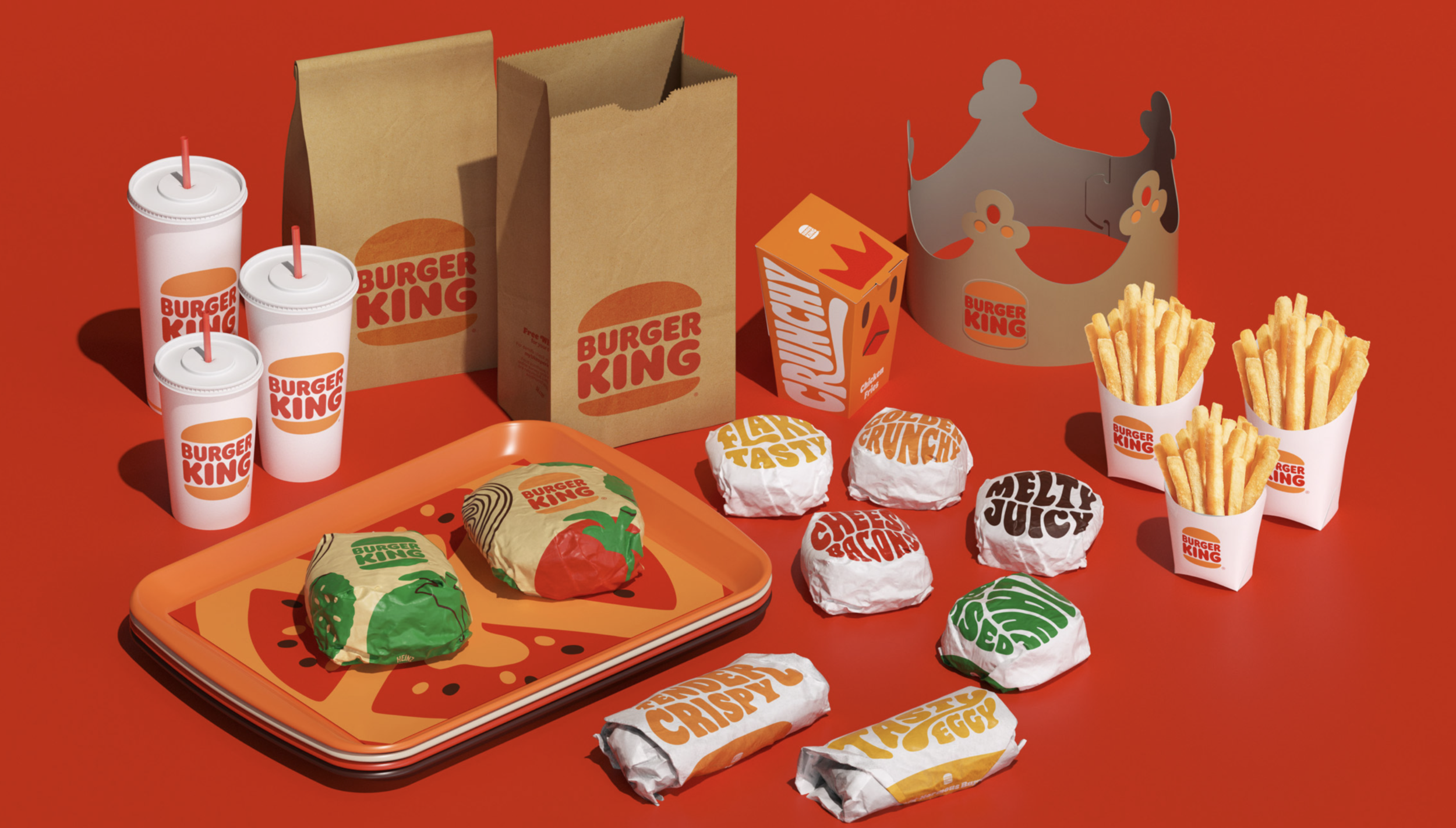HOW A BURGER TAUGHT ME THAT CREATIVITY IS ALL ABOUT STRATEGY
Contrary to popular opinion, a well-defined strategy is more valuable than any number of random ideas.
There's a big misconception about the meaning of creativity.
When they hear the term, most people tend to link it with some sort of artistic expressions like painting, music, sculpture or poetry, but creativity is much more than that. To be creative is to tap into our mental pool of resources, experiences, and connections and use them to create something new, revised, practical, or outlandish. You could say that creativity is what makes us human.
At the same time, people tend to romanticize the creative process, chasing fleeting sparks of an "aha! moment" or the investment in the muse. But these moments are born of a process, rather than the process itself. Real creativity isn't born in a vacuum. On the contrary, it requires a fostering approach, a blueprint or a strategy.
I believe this is especially true in the world of brand communication, where the role of creativity is to problem-solve how to connect with customers. In short, strategy is the bridge between creativity and the brands ideal customers.
"If I had an hour to solve a problem, I'd spend 55 minutes thinking about the problem and five minutes thinking about solutions." - Albert Einstein.
What is strategy?
Brand strategy is not just a name or a product. It's what gives a company or product a soul, personality and competitive advantage.
It's an essential tool that helps us define the brand's meaning, why it exists, and who it is for. It also helps the client and the creatives identify more suitable solutions for connecting with customers.
Brand strategy consists of three pillars:
1- The brand's story (mission, vision and purpose).
The what, how and why of your business. It helps you differentiate from the rest of your competitors.
2- The brand’s personality.
The brand personality is born from the company's values and beliefs.
3- The brand’s target audience.
Understanding our customers' challenges, pain points, goals, and dreams on a deeper level helps us understand how to connect with them.
Burger King offers the perfect example of work developed with and without a clear strategy.
In 2012, they came out with these random ads that had no clear message or meaning (I guess they thought using celebrities was a good way to relate to people):
In 2014, they worked on a strategy that helped them uncover a few things:
The brand stands for individuality. Their tagline "have it your way" stands as a call out for celebrating individuality—perfectly imperfect food for perfectly imperfect people.
The brand has a prankster tone of voice and attitude.
The Whopper and the fact that their burgers are flamed grilled set them apart from the competitors.
Since then, Burger King has been able to produce the type of creative work that connects with customers in a more meaningful way.
How to highlight the fact that all their burgers are flame-grilled:
How to promote their new mobile ordering app:
How to celebrate individuality:
How to highlight the removal of preservatives from their burgers:
How their brand essence, attitude and focus on freshness is translated into a visual identity:
We love to idealize the creative process as a divine act, only suitable for tattooed-bearded dudes with a direct line to a muse, when in fact, we all can aim for creative greatness by starting with a well-defined strategy. The WHY we do something is far more powerful than the WHAT or HOW we do it.
Guillermo Carvajal is an innovative creative working
for clients in Australia, South America and the US. www.gc-ad.com







